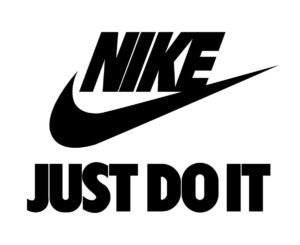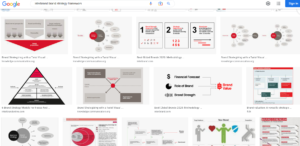Nike’s “Just Do It” Is Not a Brand Strategy.
 A fellow brand strategist recently wrote a LinkedIn post about “motivating” an expected customer behavior. It made me think. I get doing a deep dive on what motivates customer behavior — but I’m not sure I want to build motivation in to my brand strategy claim. This may go against the grain but “Just Do It” is a great advertising line but in my mind it’s not a good brand strategy claim.
A fellow brand strategist recently wrote a LinkedIn post about “motivating” an expected customer behavior. It made me think. I get doing a deep dive on what motivates customer behavior — but I’m not sure I want to build motivation in to my brand strategy claim. This may go against the grain but “Just Do It” is a great advertising line but in my mind it’s not a good brand strategy claim.
Bear with me here.
When gathering and developing insights that feed the brand claim, I delve into customer Care-abouts and brand Good-ats. By addressing these values my hope is it results in motivation. By jumping straight to the motivation or promoting the desired behavior I believe we’ve defaulted to advertising. I repeat, by jumping to straight up motivation, we’re advertising.
“Improve your ass” might be a better brand strategy claim for Nike. It encourages proper advertising. Is it motivation? I don’t think so. It’s a declarative statement, a scold. It’s a Care-about. “I want to improve my ass.” “If I improve my ass the rest will follow” or whatever.
I can build three proof planks around “Improve my ass” where I can’t (not easily) around “Just Do It.”
Brand planners need not motivate. Their efforts are best spent creating an environment in which motivation results. Let the ad agencies motivate. How do we do that? By immersing oneself in the Careabouts and Good-ats.
Peace.


